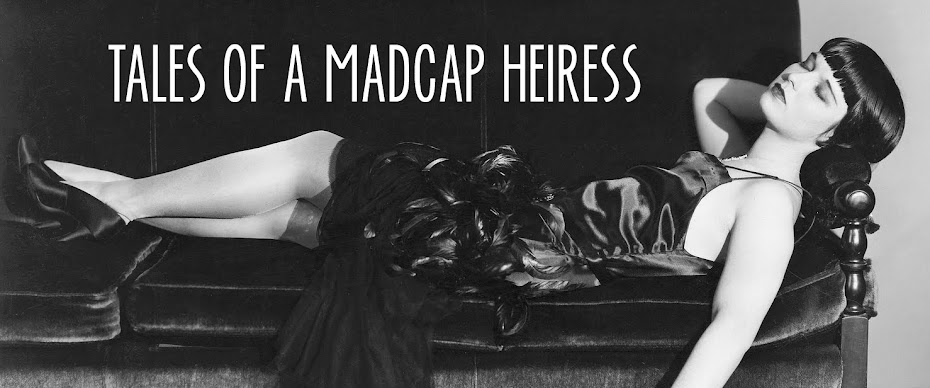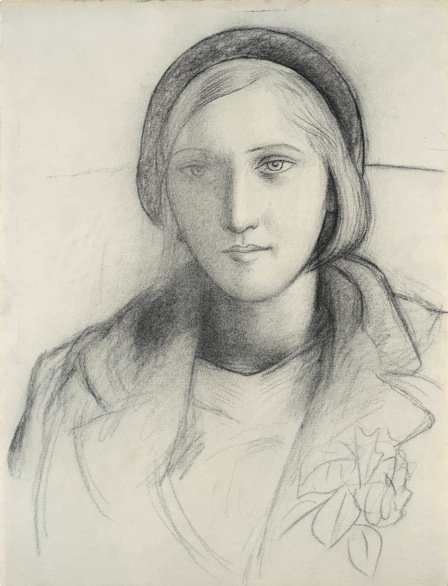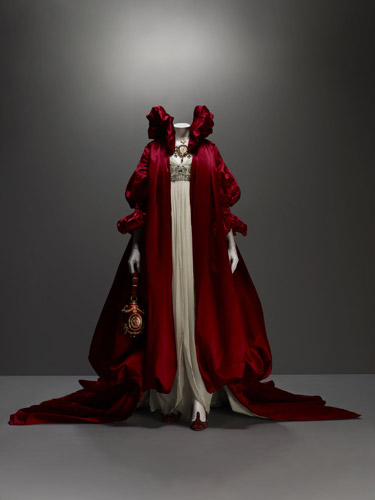Tallulah Bankhead by George Hoyningen-Huene (1929)
I'd rather be strongly wrong than weakly right.—Tallulah Bankhead
Today I ran across a photo of Tallulah Bankhead
and was reminded once again of how utterly amazing she was. A woman who didn’t
give a damn about what others thought, she spoke her mind and lived her life as
she chose.
Born in Huntsville, Alabama on January 31, 1902,
Tallulah came from a powerful political family (her grandfather was a senator
and her father was the Speaker of the House) and was herself a lifetime
Democrat. A precocious child, she started acting in local theatre before moving
to New York City at 16 to try and make it on Broadway. But it was across the
pond in London where she became a successful West End star and a regular feature in the tabloids.
 Tallulah in a scene from The Cheat (1931).
Tallulah in a scene from The Cheat (1931).
In 1927 she returned to the States to star in a
couple of films including The Cheat
(1931), a remake of the great silent in which she plays a woman whose
reckless gambling gets her indebted to a local businessman who literally
brands her when she tries to back out of a deal. But it was on the stage where Tallulah always had her greatest success and after starring in some mediocre productions she
won critical acclaim for her performances in Lillian Hellman’s Little Foxes and Thornton Wilder’s The Skin of Our Teeth.
 Tallulah and fellow boatmates in Lifeboat (1944).
Tallulah and fellow boatmates in Lifeboat (1944).
It would be more
than ten years before she returned to the silver screen and her most famous film role, that of Constance Porter in Alfred Hitchcock’s Lifeboat (1944). Before long though she returned to New York for more stage work, including a long run of Noel Coward’s Private
Lives. She would go on to make other screen and television appearances, including a memorable guest spot on I Love Lucy.
Tallulah by Cecil Beaton (1927)
But perhaps Tallulah was most memorable for being
Tallulah. She smoked like a chimney, drank like a fish, and famously declared "Cocaine isn't habit-forming. I should know—I've been using it
for years.” She had affairs with both men and women and was known to cartwheel
without knickers on and disrobe at parties. She wasn’t what
you would call a great beauty but she was striking looking with sleepy eyes and
that wonderful throaty drawl, which would be imitated by
many as would her trademark phrase “hello, dahling” (“All my life I've been terrible at remembering people's names. I once
introduced a friend of mine as Martini. Her name was actually Olive.”).
She was a woman often quoted and some of her
quips have become legend. Just a few include:
"I read Shakespeare and the Bible, and I can shoot
dice. That's what I call a liberal education."
"I'll come and make love to you at five o'clock.
If I'm late start without me."
(On seeing a former lover for the first time in
years). "I thought I told you to wait in the car."
"Only good girls keep diaries. Bad girls don't
have time."
Tallulah’s wild living finally caught up to her
and she died in New York City on December 12, 1968, an original to the end.
If you've never seen one of Tallulah's films, I highly recommend that you do. Lifeboat is probably the easiest to get ahold of but The Cheat has been released on DVD and is great fun. I promise dahlings.
























